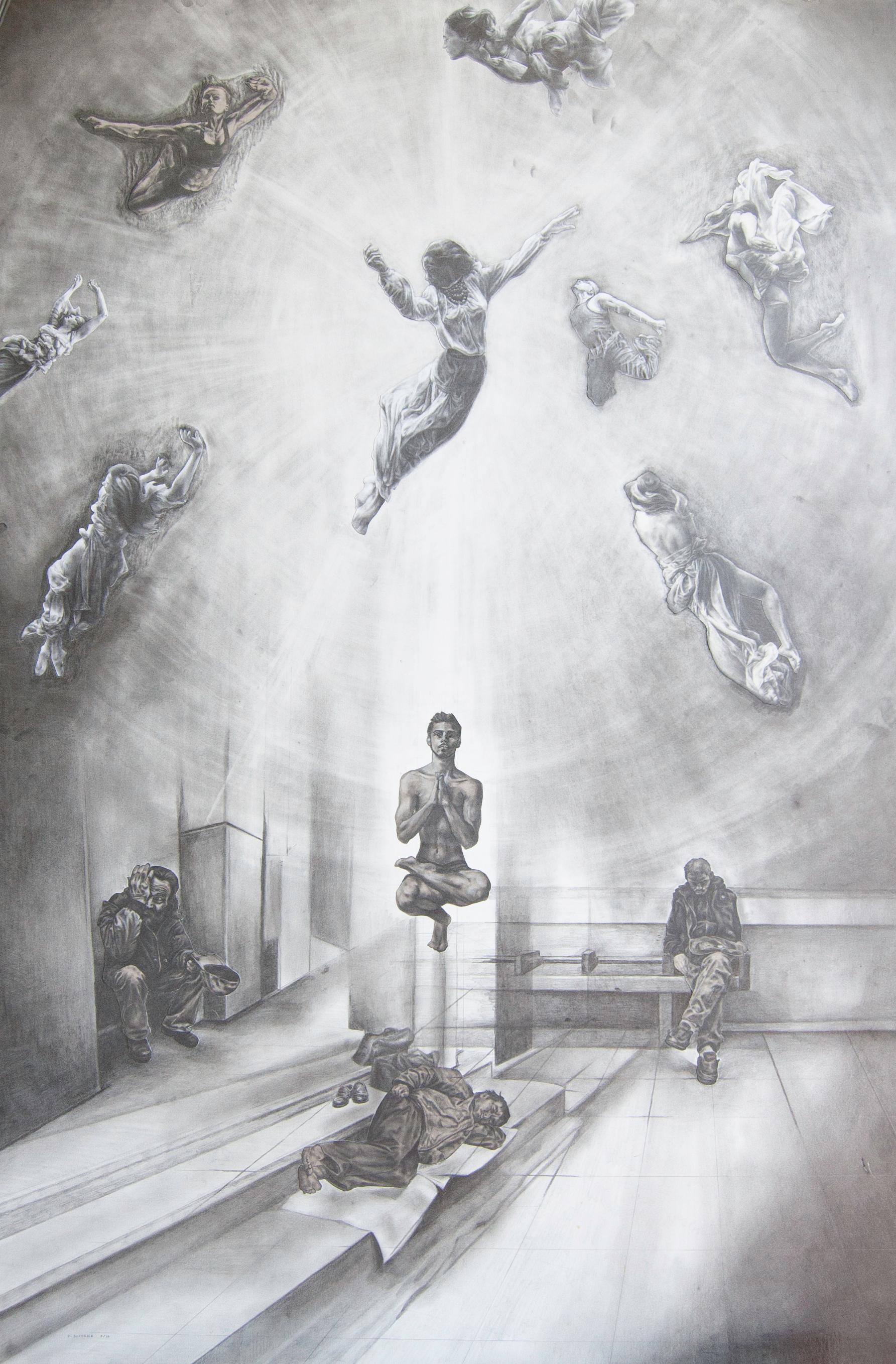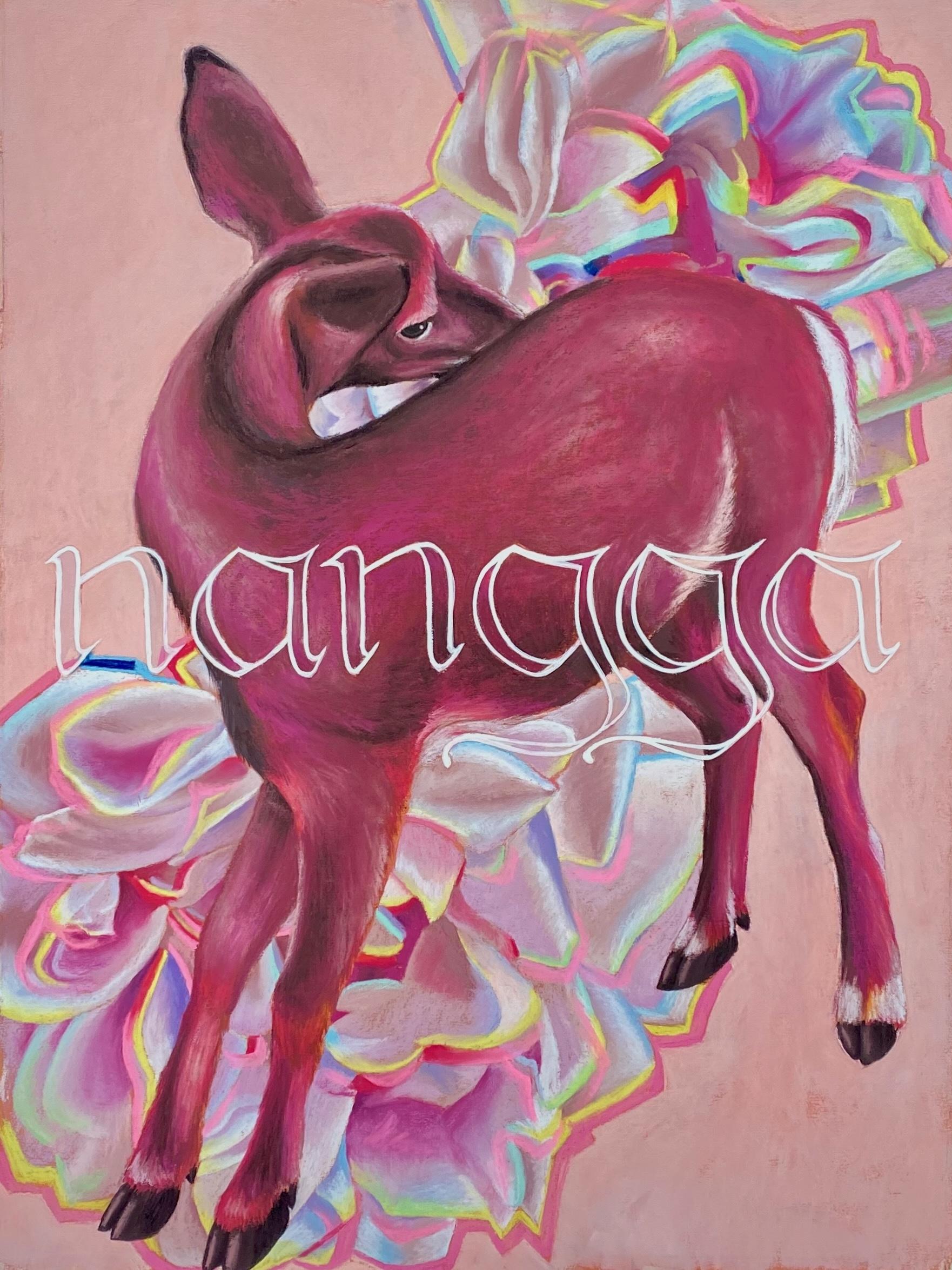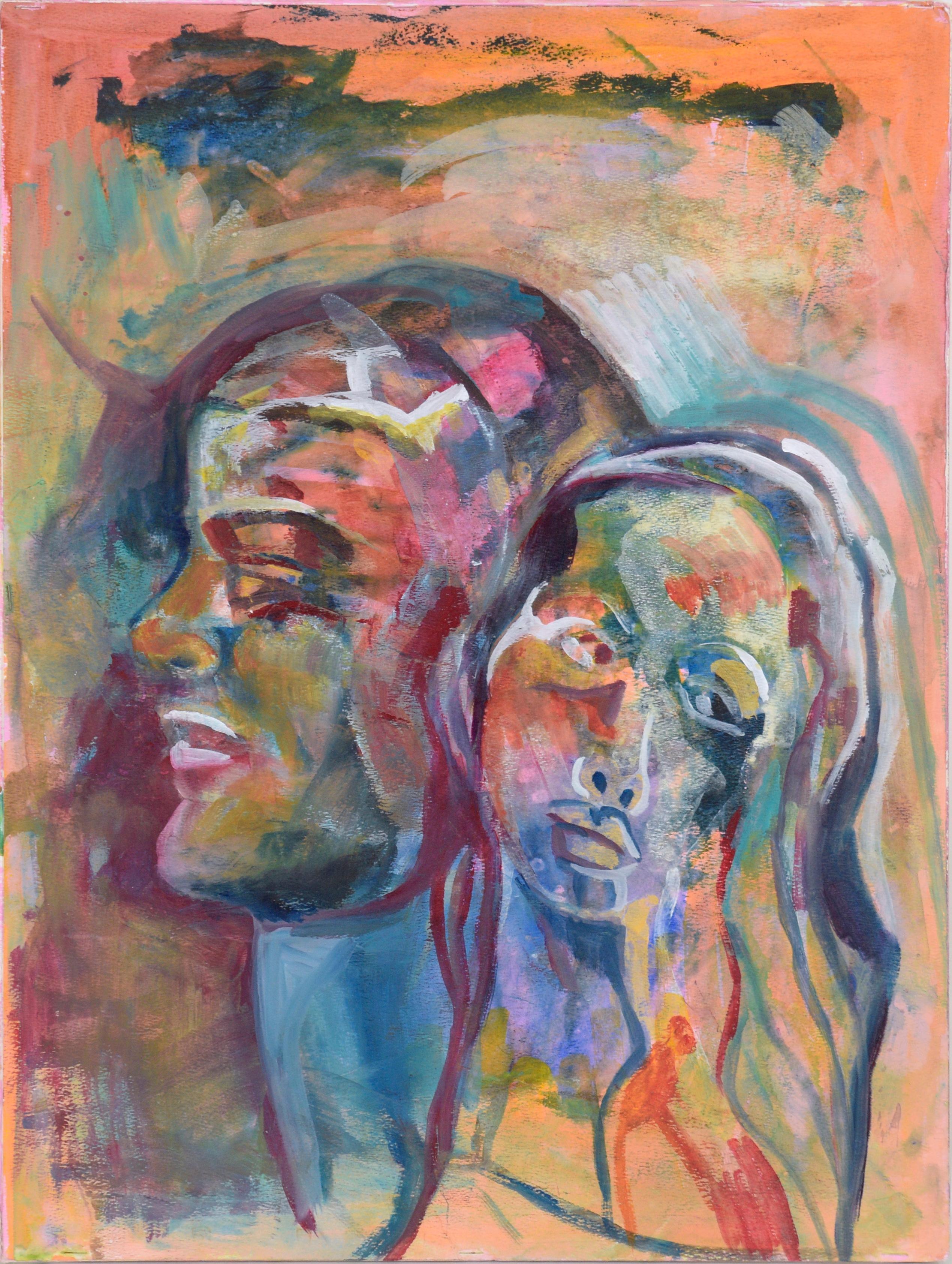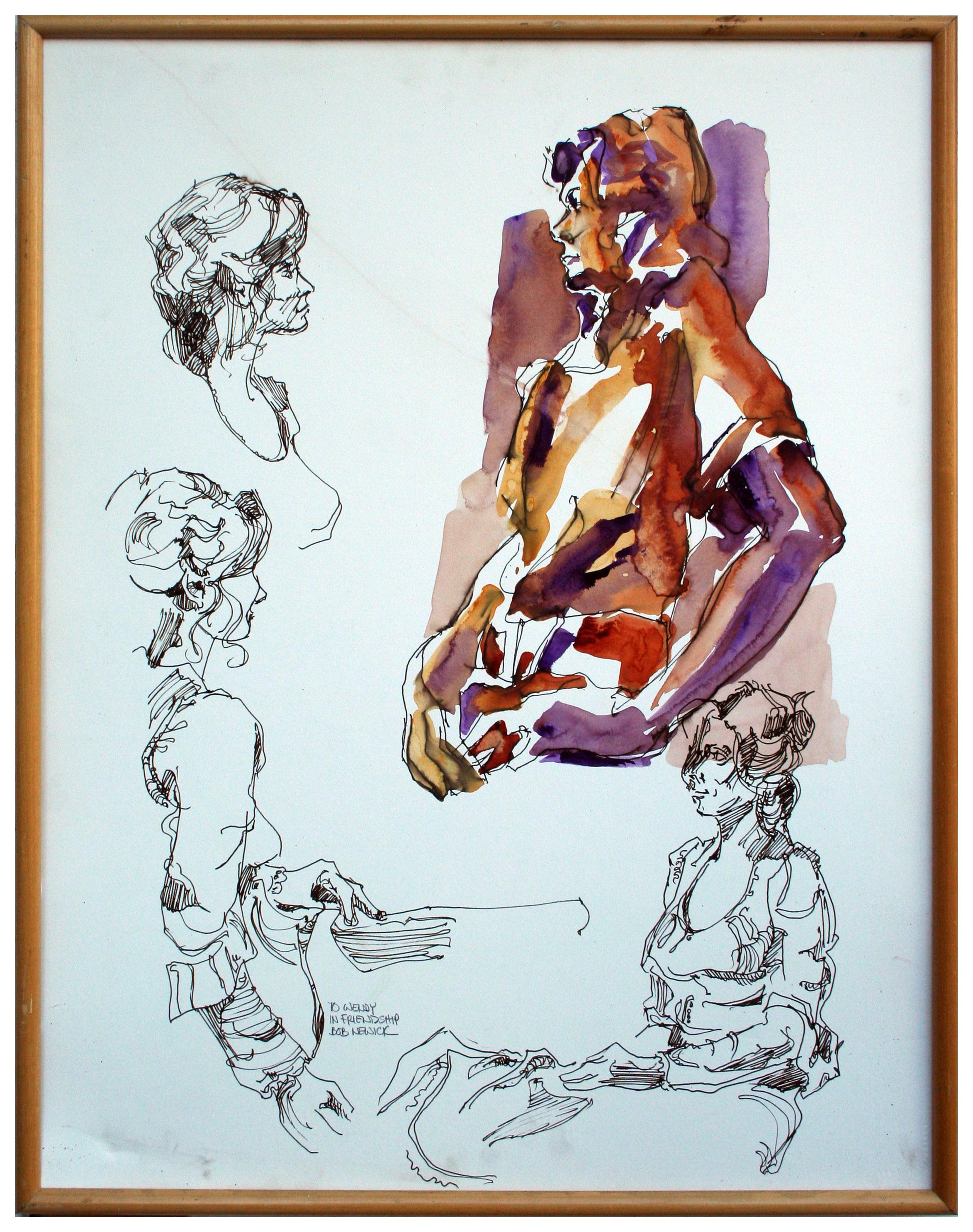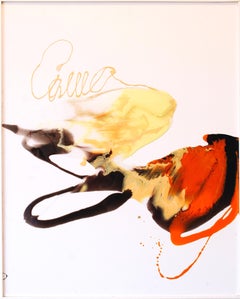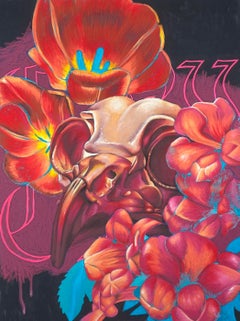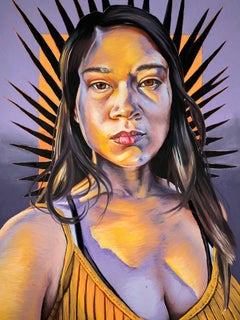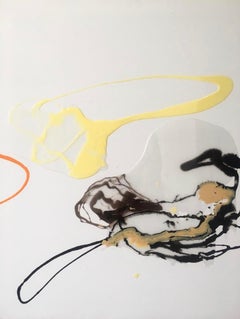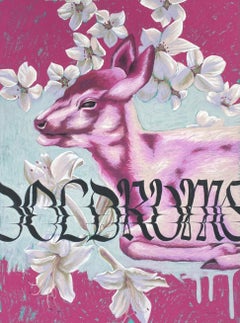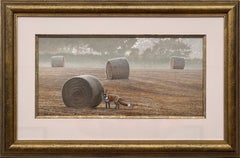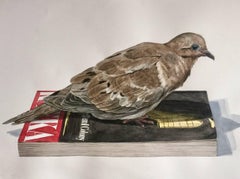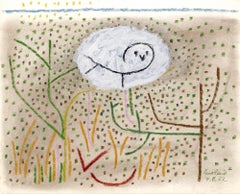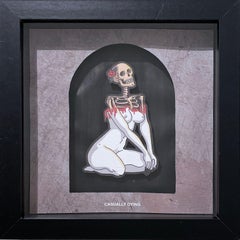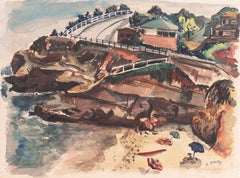Foam Board Drawings and Watercolor Paintings
2010s Abstract Expressionist Foam Board Drawings and Watercolor Paintings
Epoxy Resin, Foam Board
2010s Contemporary Foam Board Drawings and Watercolor Paintings
Pastel, Paper, Ink, Acrylic, Foam Board
2010s Contemporary Foam Board Drawings and Watercolor Paintings
Pastel, Paper, Foam Board
2010s Abstract Expressionist Foam Board Drawings and Watercolor Paintings
Epoxy Resin, Foam Board
2010s Contemporary Foam Board Drawings and Watercolor Paintings
Foam Board, Paper, Pastel
2010s Contemporary Foam Board Drawings and Watercolor Paintings
Wood, Paper, Watercolor, Gouache, Board, Foam Board, Illustration Board
Late 20th Century American Impressionist Foam Board Drawings and Watercolor Paintings
Ink, Watercolor, Foam Board
2010s Street Art Foam Board Drawings and Watercolor Paintings
Paper, Foam Board
2010s Abstract Expressionist Foam Board Drawings and Watercolor Paintings
Epoxy Resin, Foam Board
2010s Street Art Foam Board Drawings and Watercolor Paintings
Paper, Foam Board
2010s Abstract Expressionist Foam Board Drawings and Watercolor Paintings
Resin, Foam Board
2010s Contemporary Foam Board Drawings and Watercolor Paintings
Paper, Pastel, Foam Board
2010s Contemporary Foam Board Drawings and Watercolor Paintings
Paper, Pastel, Foam Board
2010s Contemporary Foam Board Drawings and Watercolor Paintings
Paper, Pastel, Foam Board
1970s Fauvist Foam Board Drawings and Watercolor Paintings
Paper, Acrylic, Foam Board
21st Century and Contemporary Surrealist Foam Board Drawings and Watercolor Paintings
Paper, Foam Board, Pencil, Graphite
21st Century and Contemporary Contemporary Foam Board Drawings and Watercolor Paintings
Slate
2010s Abstract Foam Board Drawings and Watercolor Paintings
Acrylic, Watercolor, Foam Board, Rag Paper
Early 2000s Foam Board Drawings and Watercolor Paintings
Rubber, Mixed Media, Foam Board
2010s Contemporary Foam Board Drawings and Watercolor Paintings
Watercolor, Archival Paper
1950s Outsider Art Foam Board Drawings and Watercolor Paintings
Pastel, Acrylic
2010s Contemporary Foam Board Drawings and Watercolor Paintings
Paper, Acrylic, Cardboard
1960s Modern Foam Board Drawings and Watercolor Paintings
Paper, Gouache
19th Century Foam Board Drawings and Watercolor Paintings
Gouache, Rice Paper
Mid-20th Century Realist Foam Board Drawings and Watercolor Paintings
Silk, Watercolor, Handmade Paper, Carbon Pencil, Gouache
Late 20th Century Contemporary Foam Board Drawings and Watercolor Paintings
Oil Pastel, Paper, Pastel
2010s Contemporary Foam Board Drawings and Watercolor Paintings
Ink, Paper, Pastel, Watercolor
2010s Contemporary Foam Board Drawings and Watercolor Paintings
Watercolor, Archival Paper
1990s Contemporary Foam Board Drawings and Watercolor Paintings
Pastel, Pencil, Paper
Mid-20th Century Academic Foam Board Drawings and Watercolor Paintings
Silk, Watercolor, Handmade Paper, Carbon Pencil, Gouache
1990s Contemporary Foam Board Drawings and Watercolor Paintings
Pastel, Pencil, Paper
2010s Street Art Foam Board Drawings and Watercolor Paintings
Paper, Foam Board
1940s Modern Foam Board Drawings and Watercolor Paintings
Paper, Watercolor, Gouache, Foam Board
2010s Abstract Foam Board Drawings and Watercolor Paintings
Ink, Watercolor, Foam Board
2010s Abstract Expressionist Foam Board Drawings and Watercolor Paintings
Epoxy Resin, Foam Board
2010s Foam Board Drawings and Watercolor Paintings
Epoxy Resin, Foam Board
2010s Abstract Expressionist Foam Board Drawings and Watercolor Paintings
Epoxy Resin, Foam Board
Foam Board drawings and watercolor paintings for sale on 1stDibs.
Read More
Al Hirschfeld’s Take on Judy Garland Stands out among His Many Love Letters to Broadway
The revered artist created delightful caricatures of stage and screen performers for more than 75 years. This one is a prime example.
This Tempting Wayne Thiebaud Watercolor Is the Perfect Summer Treat
Although he also produced pensive portraits and idyllic landscapes, the artist’s best-known images are of ice cream, cakes and other colorful sweets.
In This Surreal Painting, the Pink Foot of Patriarchy Squashes a Pumpkin Worshipped by Women
In ‘Gourd,’ Isabel Rock creates a mythic scene that looks fresh and contemporary but feels as old as Eden.
Mid-Century Americans Didn’t Know Antonio Petruccelli’s Name, but They Sure Knew His Art
The New York artist created covers for the nation’s most illustrious magazines. Now, the originals are on display as fine art.
Cecilia Vicuña Merges Politics, Science and Spirituality in Her Poetic Art
The Chilean creator, who has been living in exile in New York for decades, is having a major moment, receiving the biggest exhibitions, commissions and awards an artist could dream of.
Who Are the Most Popular Artists on 1stDibs?
Learn the stories of some of the world's most recognizable artworks and their makers.
Shantell Martin Finds Wonder in Sharing the Creative Process
The visual artist completed a new work in front of a crowd at the 1stdibs Gallery.
